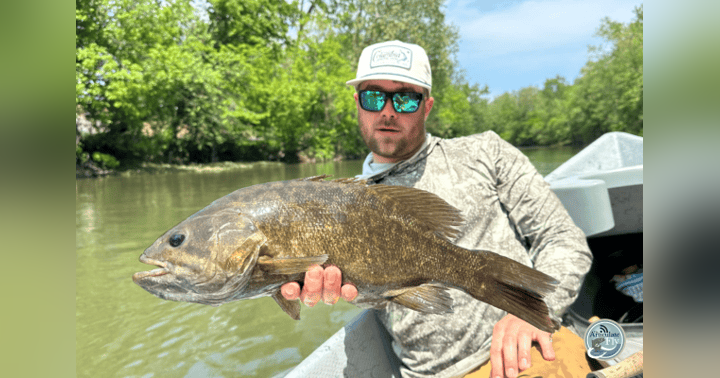HOW TO FLY FISH: STONEFLIES (PART I): NYMPHS AND EMERGERS

A stonefly’s life cycle has two parts: nymph and adult. Compared to mayflies and caddisflies, stoneflies require the highest water quality, and their presence indicates a healthy ecosystem. As with caddisflies, we can apply the fishing tactics discussed in Mayflies (Part I): Nymphs and Emergers. (Notice the pattern here. Fly fishing isn’t nearly as complicated as you may think. Understanding a few basic concepts will help you be a much more effective angler.) Just like mayflies, stonefly nymphs are available to trout when they are accidentally dislodged from the stream bottom or as a result of behavioral drift. Again, “match the hatch” by checking out the undersides of some rocks or seining the river. Match your nymph imitation to the size and color of the nymphs you find. While you can fish more specific imitations, a Pat’s Rubber Legs or a Girdle Bug can cover a lot of territory. Both of these patterns are extremely easy to tie and involve very few materials, so they are the perfect “starter” fly for the angler who wants to try his or her hand at fly tying. One last thing, most stonefly species spend several years as a nymph before adulthood, so stonefly nymphs are very good searching patterns - particularly in the coldest months of the year. Trout are accustomed to seeing them, and they are a large enough morsel to be worth the trouble. Remember calories in versus calories out!
Unlike mayflies, most stonefly species do not emerge by swimming to the water’s surface but, rather, emerge on land. Prior to hatching, these stonefly nymphs migrate along the stream bottom and crawl out of the water onto streamside rocks and vegetation. Then, they emerge and fly away. You will often see their empty exoskeletons on rocks and bushes. As opposed to swinging soft hackles or emergers, target these “pre-hatch” stoneflies by nymphing along the water’s edge and near structure protruding from the water.
At The Articulate Fly, we love questions! Please post a comment or send us your question.
Follow us on Facebook, Instagram, LinkedIn, Twitter or YouTube.




